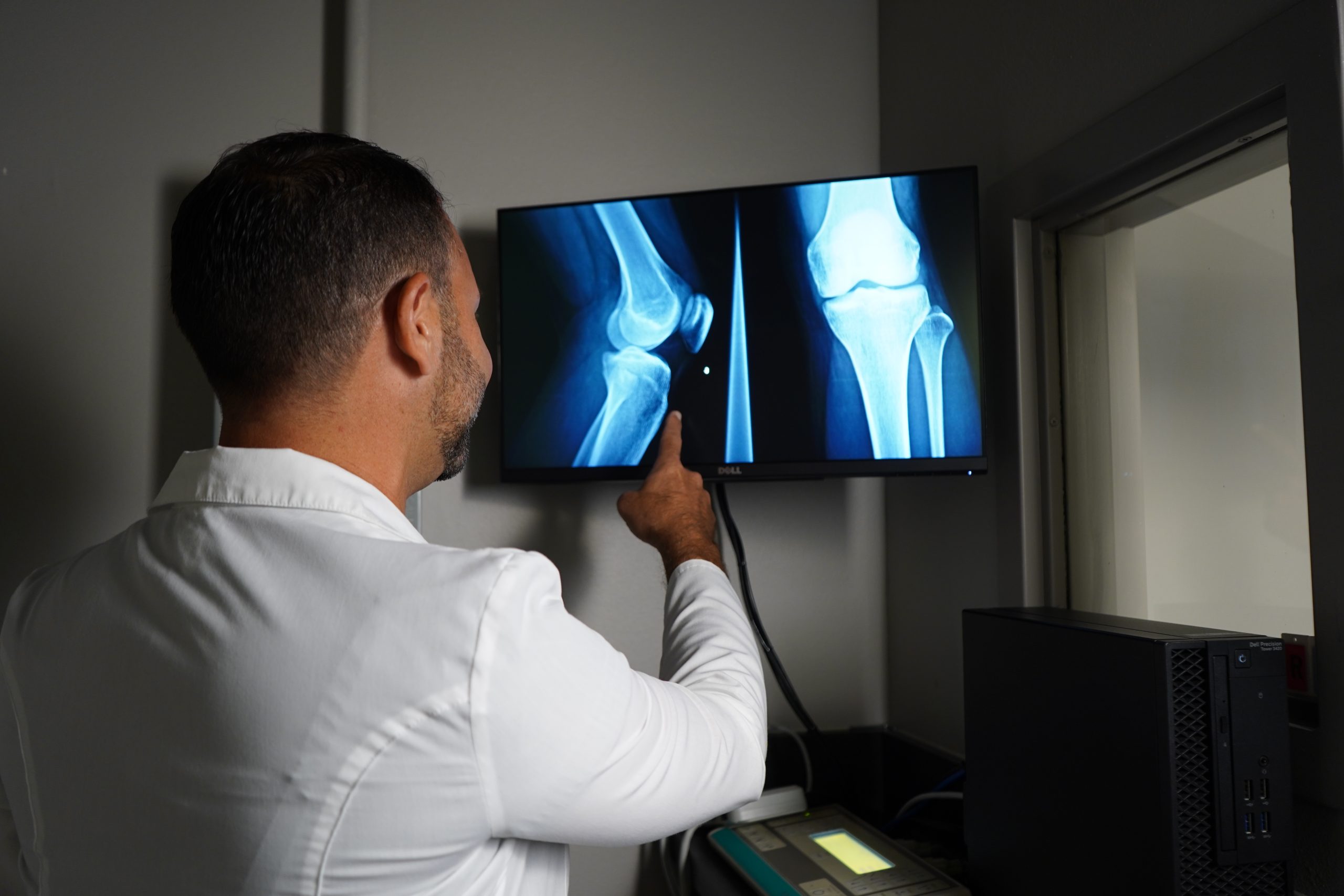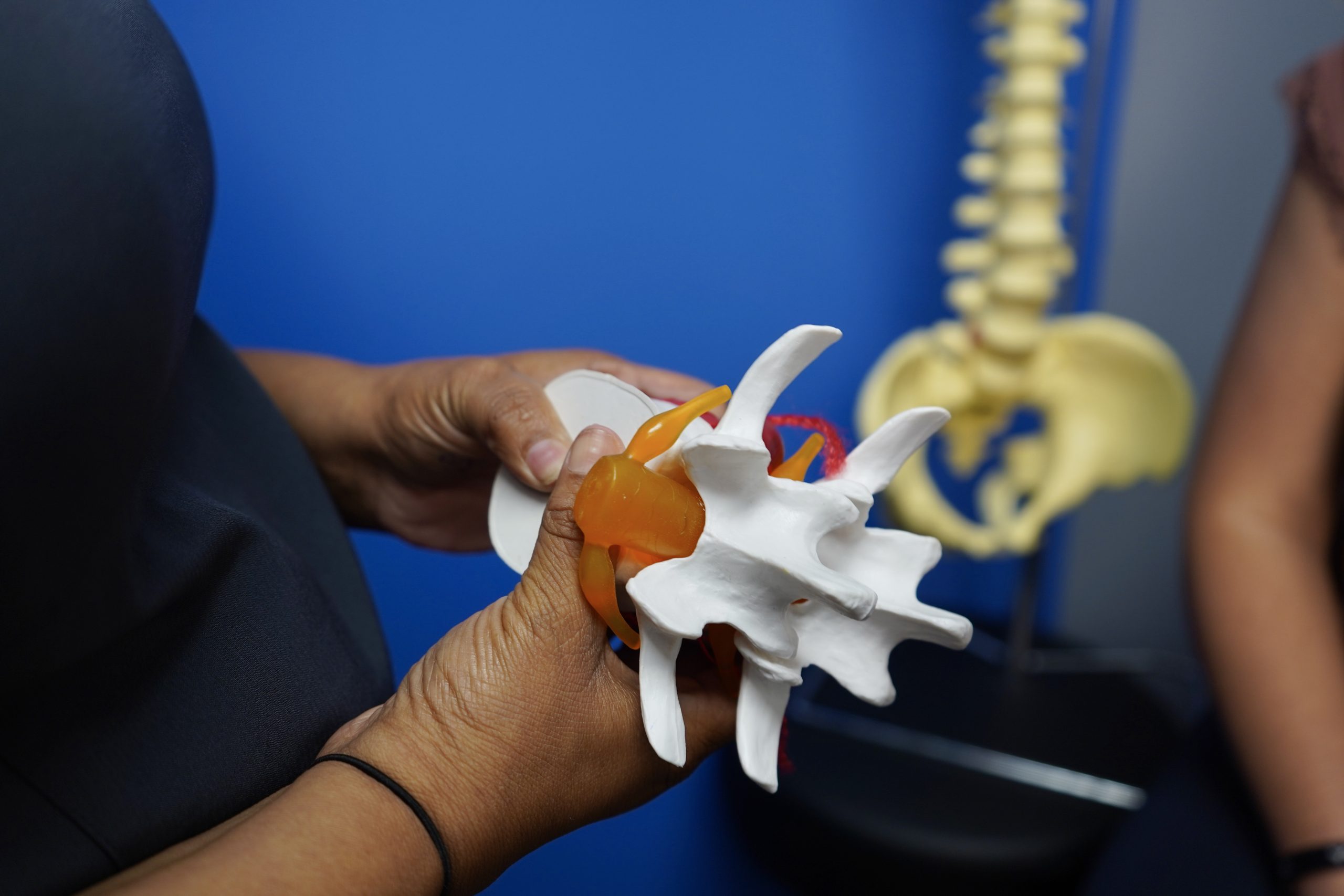An MRI can evaluate brain and nerve tissue, organs and blood vessels. It can help diagnose trauma injuries, compression or inflammation, joint injury, torn ligaments and spinal misalignment.
Complete Care Diagnostic Imaging provides the injury imaging and essential care you need after a work-related accident, auto accident or slip and fall. You’ll have access to cutting-edge technologies delivered in a relaxed, caring atmosphere where your healthcare needs are our top priority.
Because our diagnostic imaging services are for Complete Care patients only, we can get you in and out faster.

Our team of radiologists and MRI technicians knows that successful recovery after an accident starts with an accurate diagnosis of your injuries. We combine advanced MRI technologies with compassionate patient care to deliver the exact level of care you need – and deserve.
With magnetic resonance imaging (MRI), your healthcare professional will get a closer look at your body’s internal structures. This noninvasive procedure relies on magnets, radiofrequency waves and powerful computers to produce precise, detailed images of areas like your intervertebral discs and spinal cord.
Compared to traditional cylindrical MRIs, wide-bore MRIs are more spacious. If you are claustrophobic or can’t use a closed design, wide-bore MRIs deliver the same quality imaging in a more comfortable and accessible alternative. Our new wide bore MRI machines have a wider opening, which allows a more diverse population to be scanned comfortably.
Open MRIs also offer:
When you visit Complete Care Diagnostic Imaging with a suspected traumatic brain injury, you’ll receive advanced brain scanning techniques that enable the detection of injuries that traditional MRI imaging can miss.

DTI, sometimes called DT-MRI, is short for Diffusion Tensor Magnetic Resonance Imaging. This innovative diagnostic technique is a variation on standard MRIs.
SWI is a technological advancement that enhances the contrast in MRIs to detect the differences and characteristics of tissues in the brain. It is particularly useful for visualizing brain veins, which can help identify traumatic brain injury or bleeding after an accident.
The DTI isolates water movement within the brain, which allows doctors to pinpoint regions that are not functioning properly and require attention. Traditional MRI scans cannot highlight these abnormalities because they do not have the capability of tracking water molecules in the same way.
X-rays are quick, painless imaging tests that can identify broken bones, dislocations and other injuries involving the bones.
An MRI can evaluate brain and nerve tissue, organs and blood vessels. It can help diagnose trauma injuries, compression or inflammation, joint injury, torn ligaments and spinal misalignment.
Depending on the type of imaging exam, you can expect your MRI to last 20 – 45 minutes.
Leave behind all metal objects, including jewelry and hairpins, and discuss any bodily implants that may contain metal, such as pacemakers, metallic orthopedic implants, metal tooth fillings or braces. After changing into a gown, get on the table, which will move into the open-ended tube. You will hear clicking and banging, which is normal as the magnetic field is altered. Lie relatively still and prepare to repeatedly hold your breath.
Both imaging procedures create highly detailed images of the body’s internal structures, but CT scans use X-rays while MRIs use strong magnets and radio waves. Patients with metal implants or pacemakers should not have an MRI.
X-rays typically only take a few minutes.
X-ray imaging uses ionizing radiation, which can damage DNA. It can also slightly increase the risk of developing cancer later in life and affect body tissue, such as cataracts and hair loss. The lifetime risk of cancer is generally very small, and it depends on several factors, such as radiation dose, frequency of imaging exams and age.

Accidents can happen anytime, anywhere. When they do, we are the go-to for advanced diagnostic injury imaging and X-ray services. Our fully integrated healthcare system will ensure you receive the diagnostic imaging you need to accurately plan the treatments, pain management and injury rehabilitation you need.
Don’t wait to be seen after an auto or workplace accident. We offer same-day and walk-in appointments, so you can get the care you need.